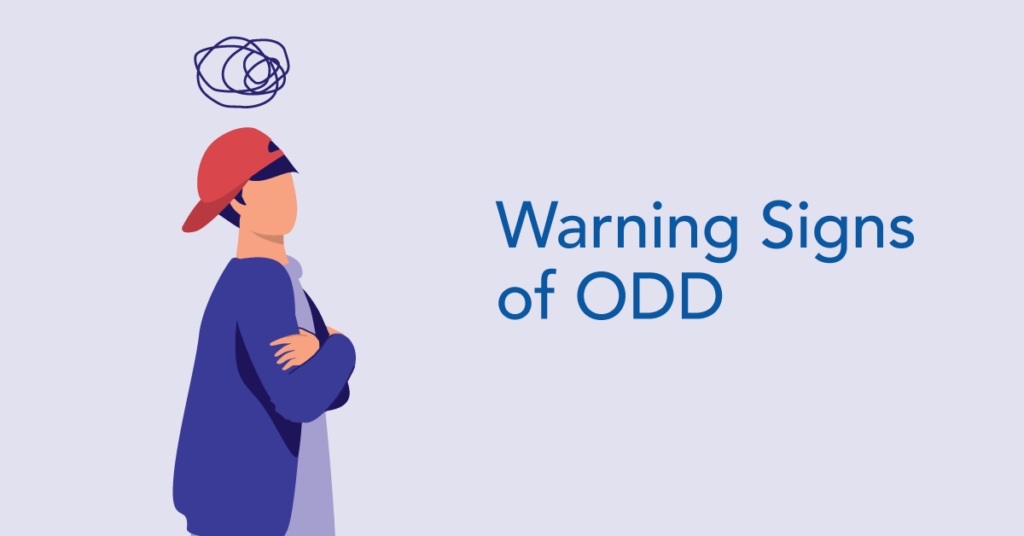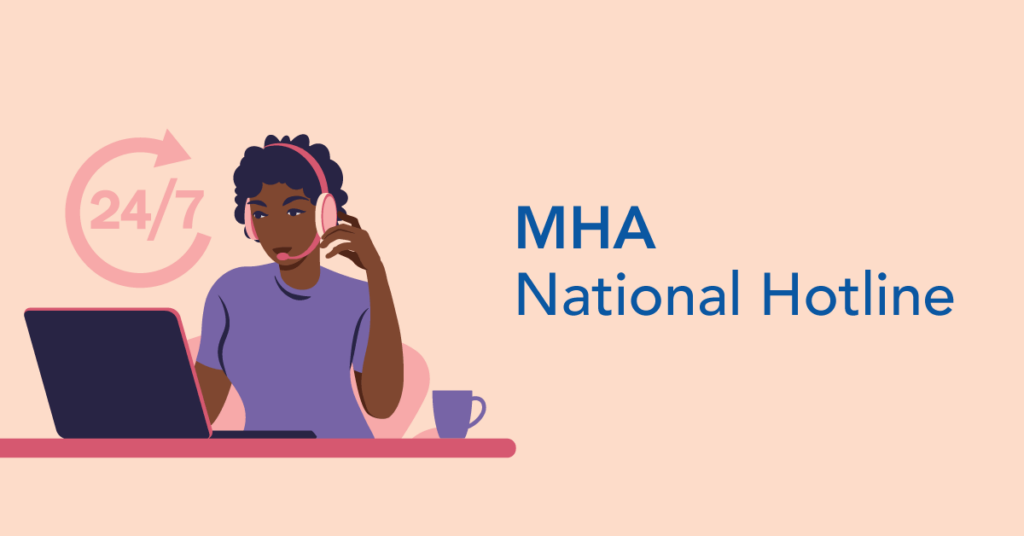Hoarding disorder involves compulsive saving and clutter:
Causes distress or limits daily life
Different from collecting
Linked to anxiety, trauma, or OCD
More than 20% of Americans have a storage unit, and one survey found that 18% of people who have a storage unit live in a four-bedroom home or larger! Americans simply have too much stuff.
But when does that tendency to buy more go from a cluttering inconvenience to something more serious, such as a hoarding disorder? Learn about the psychology of hoarding, including what causes hoarding, the warning signs and available treatment options.
What Is Hoarding Disorder?
When most people hear the term “hoarder,” they think of a person who simply collects too many things and isn’t very good at letting go of possessions. In reality, that’s an oversimplification of a serious mental health condition.
Hoarding disorder, also known as Plyushkin’s disorder, is when a person can’t get rid of items because they have a deep need to save them. These items often have no monetary value, yet the person can’t be convinced to part with them. A hoarder continues to collect possessions despite running out of space and starting to experience negative consequences from their hoarding, such as a growing mess at home, mold issues, vermin and insect infestations, relationship issues and lingering smells.
Approximately 2%-6% of the global population suffers from a hoarding disorder. Men and women are equally likely to develop this condition.
Hoarding differs from collecting. People with collections usually organize their items and are thoughtful about the items they keep. Someone with a collection doesn’t experience the same negative consequences as those who hoard, such as deteriorating living conditions and concerns from loved ones.
Signs and Symptoms of a Hoarding Disorder
Hoarding can gradually become a problem. At first, it might seem like the person has a new interest or is starting a new collection. However, over time, it becomes clear that increasing the number of possessions is an uncontrollable urge.
A person may have a hoarding disorder if they:
- Can’t seem to get rid of any of their possessions
- Experience negative consequences due to their collection of stuff, such as rooms in the home becoming inaccessible because they’re so packed with items
- Become visibly upset or stressed out if someone else tries to get rid of their items
- Dislike others touching their stuff (out of fear that they’ll take things)
- Live in conditions that are becoming unsuitable due to the clutter
- Isolate from friends and family to hide the extent of their hoarding
The Early Signs of Hoarding
Even when you understand what hoarding is, it can be difficult to identify the disorder in its earliest stages. Hoarding disorder often begins subtly, with behaviors that may not seem concerning at first. In the beginning, a person’s living space may still look relatively tidy. You might notice light clutter, but doorways, stairs and rooms remain accessible. There are no foul odors or obvious health hazards, and daily routines continue without major disruption.
However, even when a home appears orderly, early warning signs may already be evident and a deeper issue may be taking root. The person might struggle to part with items, regardless of their value or usefulness. They may also begin to acquire things impulsively, often bringing home free items or making unnecessary purchases. These behaviors can signal the onset of hoarding disorder.
As the situation progresses, clutter builds. At least one area may become unusable due to the accumulation of stuff. Minor odors or signs of needed repairs may become noticeable, and social withdrawal can begin. The person may avoid visitors or feel embarrassed about their living space. Personal and household hygiene can start to decline. Once clutter spreads to multiple rooms and begins interfering with daily functioning, the disorder becomes harder to hide.
Recognizing these early patterns is essential for timely intervention. Hoarding disorder is a progressive condition, so identifying it in the early stages offers the best chance for effective treatment and support. If you notice someone showing signs of excessive collecting, becoming reluctant to discard items or living with clutter that disrupts the normal use of their space, it may be time to seek help.
What Causes a Hoarding Disorder?
People usually start to hoard because they convince themselves that:
- Their possessions will become valuable in the future
- The items are unique and will be needed at some point in the future
- The items are special, and there’s an emotional connection to them
- It feels comforting to have the items around
- It would be a waste to get rid of the items
The exact cause of hoarding disorders is unknown. Someone may suffer only from hoarding, or it may present itself in conjunction with another mental health condition (known as co-occurring conditions). Mental health disorders that commonly occur alongside hoarding are attention deficit hyperactivity disorder, depression, obsessive-compulsive disorder, obsessive-compulsive personality disorder and schizophrenia.
Risk Factors for Hoarding Disorder
While the cause of hoarding may be unclear, some risk factors increase the chances of an individual having a hoarding problem:
- Family history. Someone with a family member who has a hoarding problem is more likely to develop the condition.
- Trauma. Hoarding can develop after someone experiences a traumatic event.
- Brain injury. A brain injury can sometimes lead to the person developing a hoarding condition.
- Substance abuse disorder. Some individuals who struggle with addiction also have a hoarding problem.
Hoarding Animals
Animal hoarding is a severe hoarding disorder that involves accumulating more animals than a person can reasonably care for. While it often starts with good intentions, such as rescuing or sheltering strays, it can quickly spiral into an overwhelming and unsafe situation for both the individual and the animals.
People who hoard animals usually believe they’re helping, even as conditions worsen. They might not recognize that the animals are suffering due to a lack of space, food, clean water or veterinary care. Homes can become unsanitary, with strong odors, waste accumulation and insect or rodent infestations. Despite these conditions, the person may resist giving up any animals, fearing they will be harmed or won’t be properly cared for elsewhere.
Animal hoarding can cause significant health and safety risks, including the spread of disease, structural damage to the home and respiratory issues from poor air quality. Legal action may be taken in extreme cases, leading to the removal of animals or criminal charges for neglect or cruelty.
According to the Animal Humane Society, animal hoarding is often linked to trauma, grief or untreated mental health issues. The person may isolate themselves from others and deny a problem exists, even when the evidence is clear. As with other hoarding disorders, animal hoarding is a mental health issue, not simply a lifestyle choice.
Treatment requires a compassionate, coordinated approach and professional support. Intervention typically involves mental health professionals, animal welfare agencies and sometimes legal oversight to protect the animals and the person’s well-being.
Recognizing the early signs of animal hoarding, such as owning too many animals in a confined space or refusing to allow others into the home, can make a significant difference. With the right help, recovery is possible, and healthier living conditions can be restored for everyone involved.
Hoarding Disorder Treatments
Treatment for hoarding disorders can be a long road because the individual rarely seeks help independently. Sometimes they’re in denial and don’t realize they have a problem. In other cases, they know their hoarding is out of control, but they try to hide it from loved ones and refuse to seek help. So it’s often up to friends and family members to convince the individual to seek help.
Hoarding doesn’t resolve on its own, and an intervention from friends and family often isn’t enough either. Professional help is necessary to ensure the person truly faces their condition. The most common treatment options for hoarding disorder are:
- Cognitive behavioral therapy. Through therapy, the person comes to accept their diagnosis, learns about the condition and why they may have developed it and learns coping mechanisms so they can start feeling comfortable throwing items away.
- Antidepressants. Some individuals with hoarding disorder benefit from using antidepressants to reduce and manage the symptoms of their condition.
Your Loved One Is a Hoarder: What Not to Do
If you have a loved one struggling with a hoarding condition, you might think you can help by taking matters into your own hands. You may mistakenly believe the solution is merely to wait until the person leaves the house and do the cleaning for them.
However, throwing items out on behalf of the person isn’t the solution. It can cause the hoarder to become extremely distressed. Remember, this is a person with a mental health condition, not someone who just isn’t getting around to cleaning. You’re violating their trust and potentially damaging your relationship with them., making it more difficult for you to support them when they’re ready for change.
Most importantly, you’re taking action rather than helping them treat their condition. The hoarder is likely to go right back to hoarding and will soon be in the same predicament as before. To help someone with hoarding truly move on from their illness, encourage them to get professional treatment.
Get Help Today Through Mental Health Hotline
If you or someone you know needs help with hoarding, turn to Mental Health Hotline. MHH partners with experienced mental health care providers nationwide. Get free and confidential assistance 24-7. Contact us today to put hoarding behind you once and for all.
Editorial Team
-
 Written By: Mental Health Hotline
Written By: Mental Health HotlineMental Health Hotline provides free, confidential support for individuals navigating mental health challenges and treatment options. Our content is created by a team of advocates and writers dedicated to offering clear, compassionate, and stigma-free information to help you take the next step toward healing.


